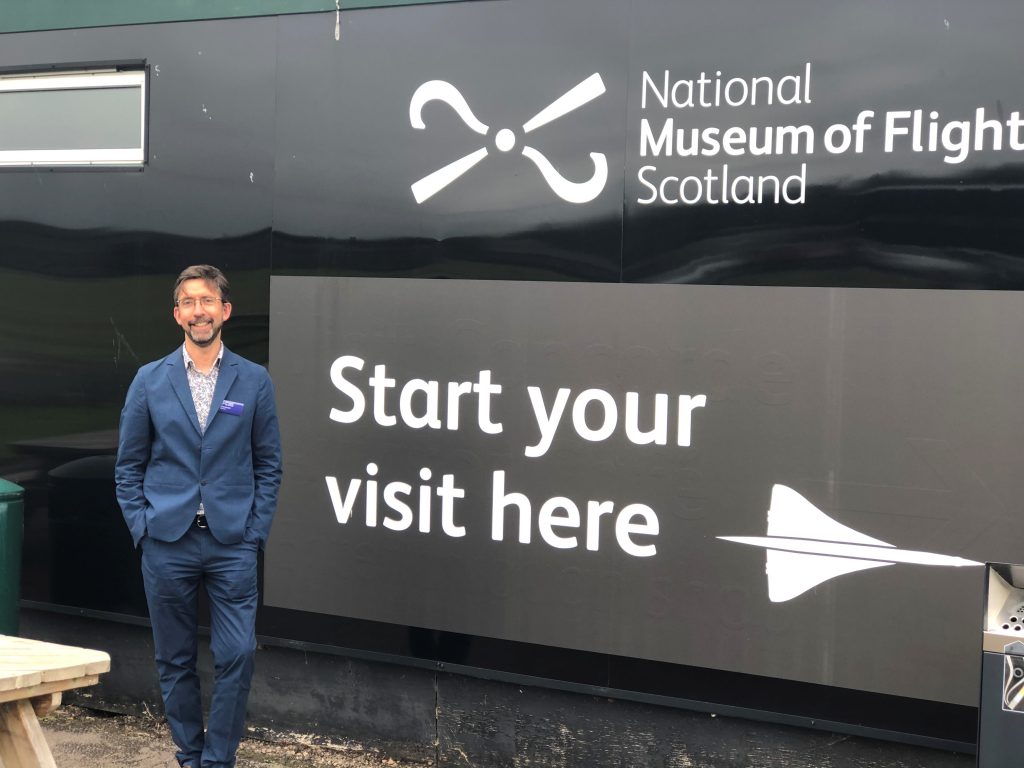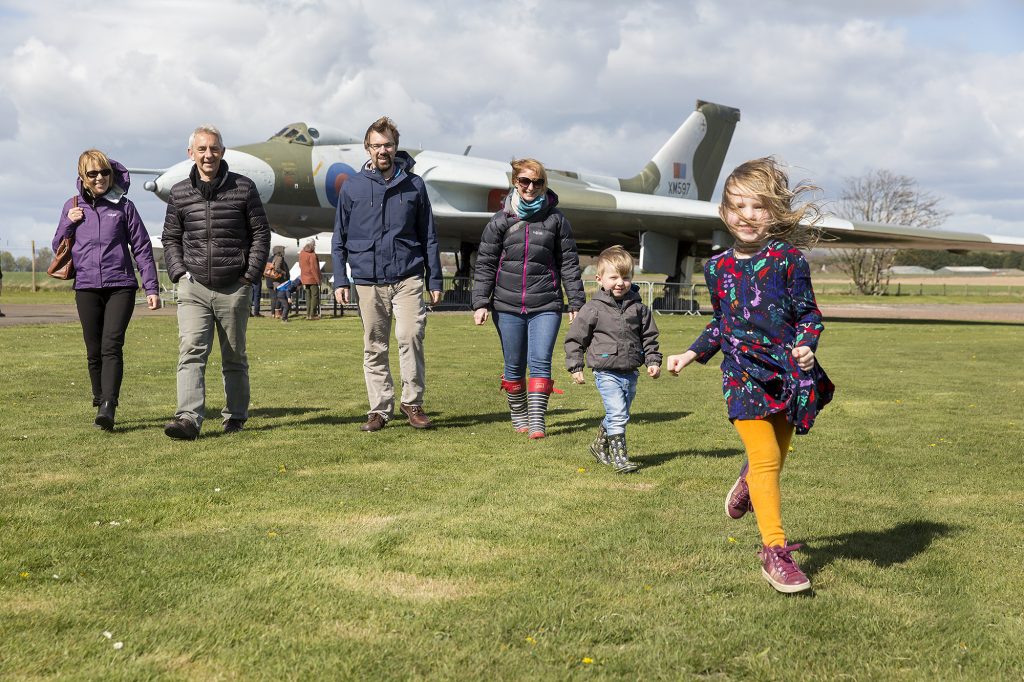Contrary perhaps to the world of museums as represented in Hollywood films and detective novels, the working life of a Director isn’t a case of tweed suits and bow-ties, book-lined studies, magnifying glasses, boxes of ancient artefacts wrapped in tissue and inspections of lofty galleries. Though I have to admit I very occasionally wish it was!
It is, more generally, a rather abstract affair of committees, budgets, operational plans, estates maintenance, capital projects and public advocacy. All of them crucial for the smooth-running of a 21st-century museum, to some extent creative endeavours in their own right, but also practices that are all about managing a potential museum of future months and years, rather than a direct engagement with the museum, its collections and visitors in the present moment.
Over the past five months, this contrast between the material presentation and experience of the museum and the ‘theoretical’ thinking and planning that goes on behind the scenes has been sharpened by the need to work from home and have our museums closed to visitors. But, alongside the usual considerations, our behind-the-scenes work has had a distinctly practical flavour. My colleagues across our sites have been engaging in the complex logistics of ensuring we re-open safely and with a public offer that provides inspiring experiences for our returning visitors.

Galleries have been deep-cleaned; new routes that allow for physical distancing mapped out; revised signage designed, ordered and installed; screens, sanitising stations and face-masks procured; key objects moved to the best positions; web-site information up-dated and timed-ticketing systems devised; front-of-house colleagues trained and prepared. I make it sound too simple. It has been a feat of collaboration and expertise, much of it co-ordinated from 40 or so laptops in 40 or so kitchens and spare bedrooms across Scotland and executed in empty galleries behind locked doors.
Earlier this week it all came to fruition as we opened the National Museum of Flight to our first visitors since March. I arrived on site (in blue cotton, not tweed) 40 minutes before opening time and stood with our Visitor Experience colleagues under the wings of Concorde as we had our first morning briefing on how the day would work. I admit I used my Director’s prerogative to take a preview walk through the plane’s cabin, sensing the anticipation not of imminent take-off, but of the museum coming alive again. And then, with a flurry and some gasps, the first visitors arrived, a local family from Haddington with two little boys, the first clutching his toy Concorde, with a face of indescribable excitement as he raced into the hangar.

This moment is what all that abstract planning had been for, and as I watched the family re-engage with objects that were like old, much-missed friends, I thought this is what museums are all about, this is what makes all those committees and planning meetings meaningful. It was a truly joyous occasion and I hope you’ll come and experience something similar as we gradually re-open all our museums over the coming weeks.
